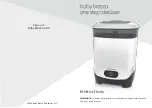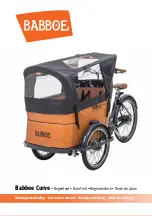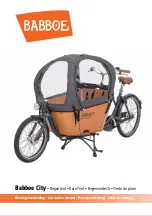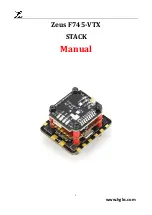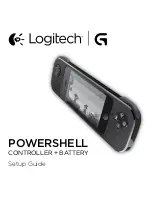
© by WilTec Wildanger Technik GmbH
Seite 10
http://www.wiltec.info
clears or
infertile
eggs
(b) Male is undernourished
(b) See that cockerels are able to feed
separately, otherwise hens may eat
all the feed
(c) Interference among males during
mating
(c) Do not use too many males; al-
ways rear breeding males together;
erect temporary solid partitions be-
tween breeding pens or inside large
pens
(d) Damaged combs and wattles
among males
(d) See that housing is comfortable
and proper drinking fountains are
provided for breeding pens
(e) Male is too old
(e) Replace old birds
(f) Male is sterile
(f) Replace with another male
(g) Eggs kept too long or under the
wrong conditions before setting
(g) Do not keep hatching eggs longer
than seven days; store them in a cool
temperature (10-l5.6°C) at relative
humidity around 75-80%
2
Blood rings,
which indi-
cate very
early embry-
onic death
(a) Incubator temperature too high or
low
(a) Check thermometers, thermostats
and electricity supply; follow manu-
facturer’s instructions
(b) Incorrect fumigation procedure
(b) Use the correct amount of fumi-
gant. Do not fumigate between 24
and 96 hours after setting
(c) As in 1(g)
(c) As in 1(g)
3
Many dead-
in-shell
(a) As in 2(a)
(a) As in 2(a)
(b) Eggs not properly turned
(b) Turn the eggs regularly at least
three to five times a day; always turn
the eggs in the reverse direction each
time
(c) Breeding stocks' nutrition is defi-
cient if deaths are high in days 10
and 14
(c) Check that feeding is sound
(d) Incubator's ventilation faulty
(d) Increase ventilation by normal
means
(e) Infectious diseases
(e) Use eggs only from healthy
stock; check that hatchery hygiene is
sound and carried out regularly
4
Piped eggs
failing to
hatch
(a) Insufficient moisture in the incu-
bator
(a) Increase the evaporating surface
of water or the sprays
(b) Too much moisture at earlier
(b) Check wet-bulb readings





















